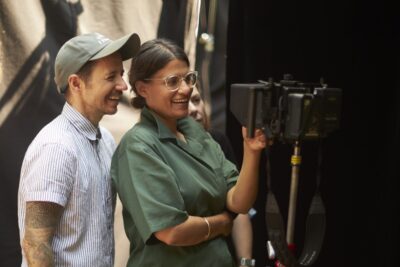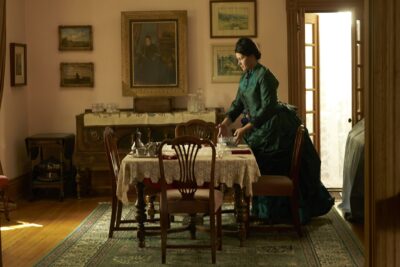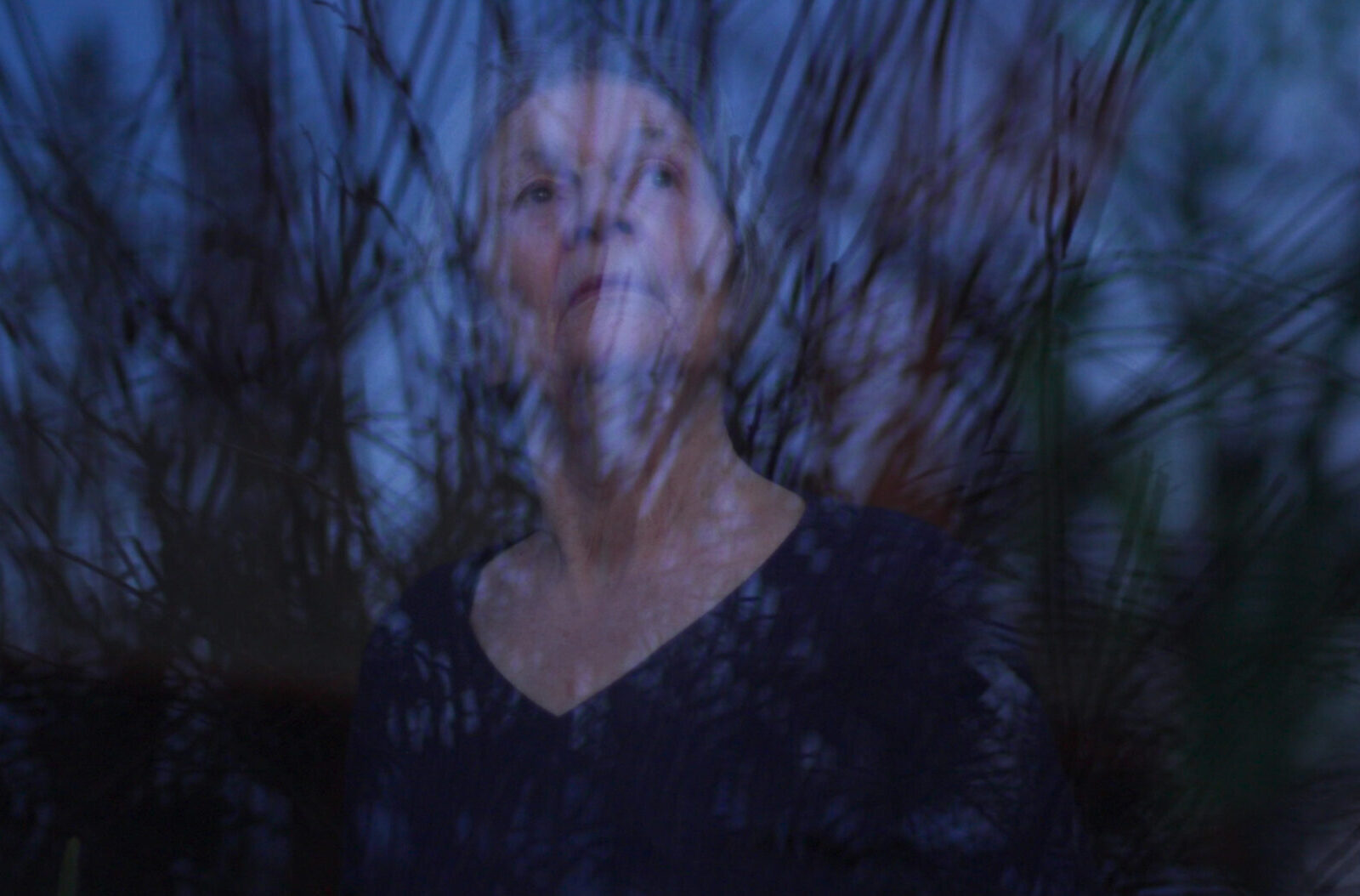Postcolonial scholar and nonfiction writer Julietta Singh wasn’t exactly fond of her childhood home. She recalls the old Victorian mansion located in Winnipeg as a place marked by devastating memories and the spine-chilling sensation that there were ghosts at every corner. Fast forward to the pandemic, when restrictions prevented her from crossing the Canada-United States border to visit family, Singh decided to learn more about the house’s heritage and, in turn, came to understand why her mother decided to live in it for more than 40 years.
It was through her archival work that she was finally able to look at her former home with fresh eyes. Singh unearths forgotten matriarchs and political histories in The Nest, a documentary that will have its world premiere at the 2025 Hot Docs Film Festival.
Before even thinking that this discovery could be source material for her filmmaking debut, the scholar shared her findings with prolific director Chase Joynt. At first, she thought of writing a book about it, but during their conversation, he suggested a better idea.
“The stories were so extraordinarily cinematic from the start,” Joynt says. “The opportunity to think through the visual language of cinema cracked open a number of different portals for us in terms of the storytelling capacities.”
Driven by the opportunity to bring untold stories to the screen, giving a voice to communities that have often been overlooked, the duo set out to create a documentary that highlighted some of the forgotten former residents who occupied the property throughout the past 140 years.
“The first thing we wanted to do was look for the people that we don’t usually find in the archives, which are women and minorities. We had to make some hard decisions about who we were going to include. But what we really wanted to do was think about the women who lived in the house over time, for whom the house was both an intimate space and a political space,” Singh says.

The first person The Nest hones in on is former resident Anne Bannatyne, a Métis “First Lady” of the Red River who was both a fierce protector of her people, as well as a philanthropist responsible for the establishment of the Winnipeg General Hospital. The next is Mary E. McDermid, the first deaf teacher in Western Canada, who lived on the property while it was a boarding school for the deaf. At last, before Singh’s family moved in, the house served as a Japanese consulate and home for the Okazaki family, only decades after the internment of Japanese Canadians during World War II.
To help tell these stories, Singh and Joynt collaborated with the Manitoba Métis Federation, the Manitoba School for the Deaf, and the Japanese Cultural Association of Manitoba. In The Nest, you’ll see representatives from each of these organizations, as well as people directly linked to former residents of the house. It was through this joint effort that the film could bring thoughtful representation to the screen and blend history with modern-day discussions.
“Every community was so incredibly and instantaneously on board with this weirdo project that we were embarking on,” Singh says. “It was such a robust community collaboration. Their input and their ideas and their sense of their own histories really shaped everything that we did.”

What started as a personal project for Singh to feel connected with her mother during the pandemic took on a life of its own. With stunning projections, characterized depictions of the people that lived in the house, and organic conversations between community groups, The Nest became an opportunity for collaborators to come together in a beautifully cathartic way. In one scene, Métis writer Katherena Vermette and journalist Tamara Macpherson Vukusic tear up over finally meeting in person and bonding over their shared connection to Anne Bannatyne.
“How lucky that we had cameras around, and also, who cares? It would have been extraordinary had we not even been there, because that’s the work of the film,” Joynt says.
With so many new discoveries about her childhood home, Singh feels especially grateful that she shares something in common with the extraordinary women who once lived there. She is also content to pass along these inspiring accounts to her daughter, Isadora. One lesson she has learned from her mother is that it is important to raise children who are in constant conversation with the past.

“The inclusion of Isadora in the film is an extension of a kind of philosophy of motherhood that is in some ways very much passed down from my own mother. It’s about really investigating and interrogating how we belong, and who was here before us, and how to act and live in responsiveness to that…There’s something very distinct about my mother’s home, but it’s also a kind of universal project for me of thinking differently about the politics of home and thinking differently about the politics of reproduction. What happens when we have kids, and what does it mean to live in the world that we live in now?” Singh says.
The Nest will screen at the 2025 Hot Docs Film Festival on April 27 and April 30.



 Follow Us On Instagram
Follow Us On Instagram
